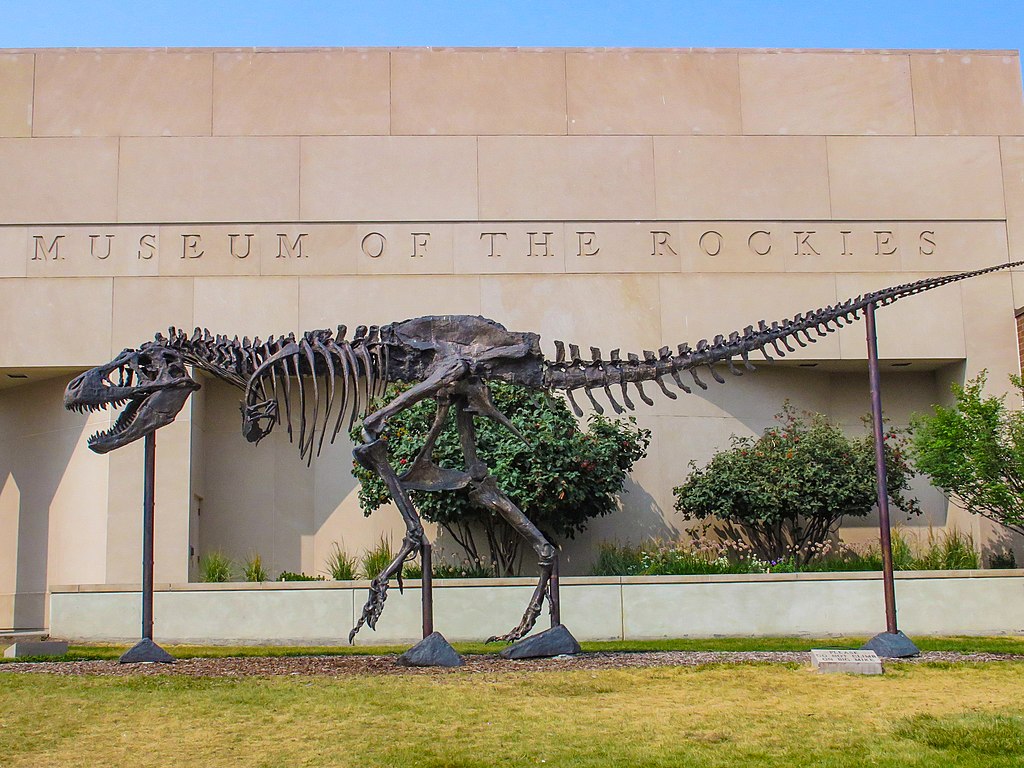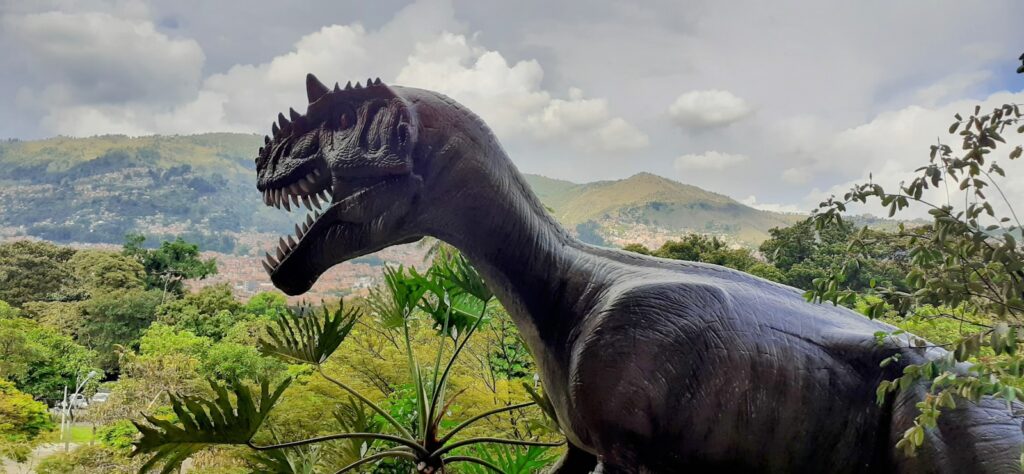Picture this: you’re standing face-to-face with a 67-million-year-old Tyrannosaurus rex, its massive skull gleaming under museum lights, and you can almost hear the thunderous footsteps that once shook the ancient earth. This isn’t just any museum experience – this is what awaits you at Montana’s Museum of the Rockies, where the prehistoric world comes alive in ways that will leave you speechless. Nestled in the heart of Bozeman, this extraordinary institution has quietly become one of the world’s most important dinosaur research centers, housing discoveries that have rewritten paleontology textbooks and changed how we understand life on Earth millions of years ago.
The Legendary Jack Horner Legacy
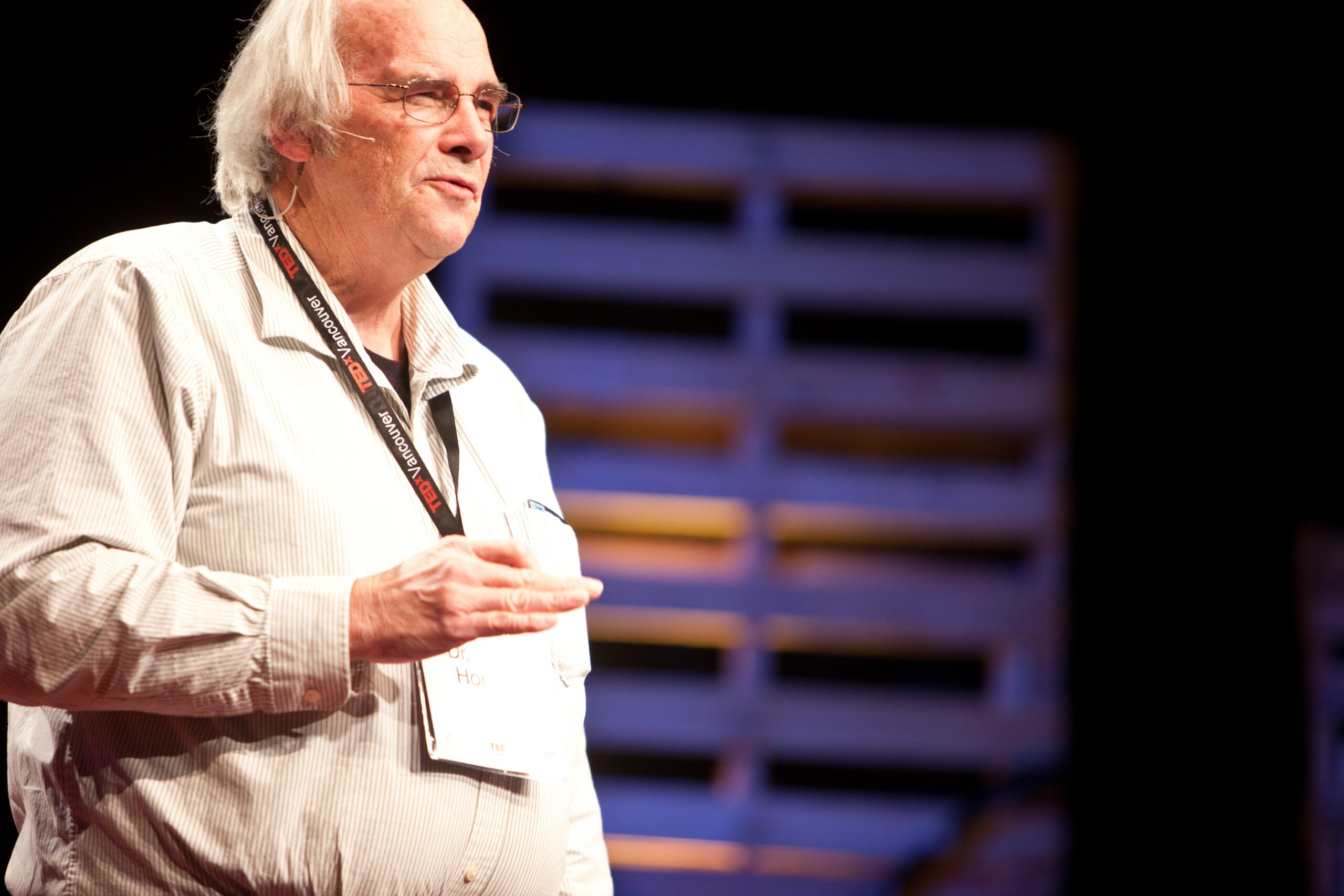
Uploaded by limojoe, CC BY-SA 2.0, https://commons.wikimedia.org/w/index.php?curid=16077708)
When paleontologist Jack Horner arrived at the Museum of the Rockies in 1982, he brought with him a revolutionary approach to dinosaur research that would transform the institution forever. Horner, who served as the museum’s curator of paleontology for over three decades, didn’t just collect fossils – he pioneered groundbreaking techniques that revealed dinosaurs as warm-blooded, nurturing creatures rather than the cold-blooded monsters of popular imagination.
His work at the museum led to discoveries that influenced everything from scientific journals to Hollywood blockbusters, with Horner serving as the scientific advisor for the Jurassic Park films. The museum’s current collection of over 500,000 specimens and artifacts stands as a testament to his vision of making paleontology accessible to both researchers and the general public.
The Crown Jewel: T. rex Collection
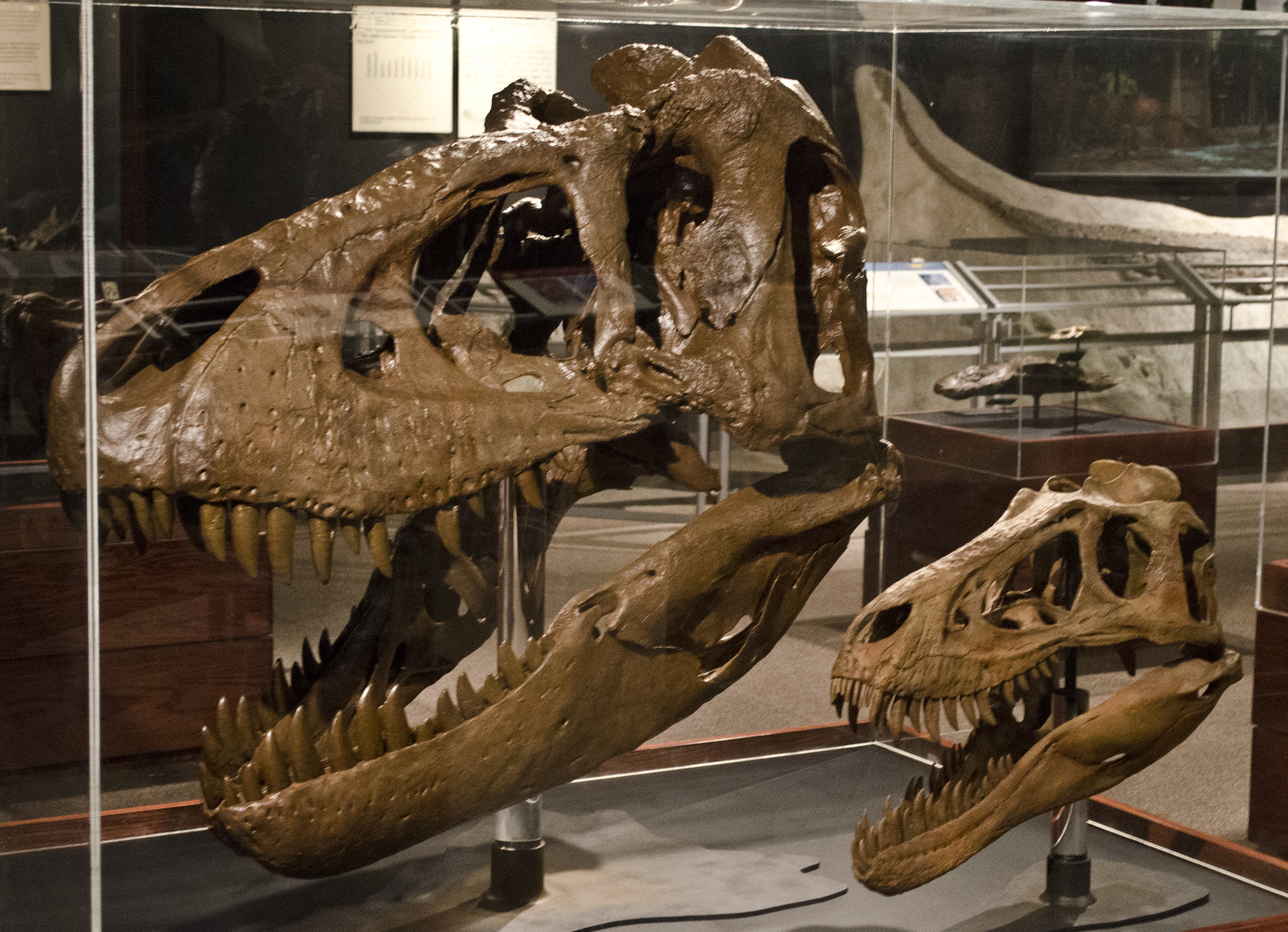
Uploaded by FunkMonk, CC BY-SA 2.0, https://commons.wikimedia.org/w/index.php?curid=27422883)
The Museum of the Rockies boasts the world’s largest collection of Tyrannosaurus rex specimens, with over a dozen individual T. rex fossils in their possession. Among these prehistoric giants, the museum’s crown jewel is “Big Mike,” a massive T. rex skull that measures over five feet long and weighs nearly 400 pounds. This isn’t just another fossil display – it’s a window into the apex predator that ruled North America during the late Cretaceous period.
What makes this collection truly extraordinary is the range of ages represented, from juvenile T. rex specimens to fully mature adults. These fossils have helped scientists understand how these magnificent creatures grew and changed throughout their lives, revealing that young T. rex were lean, fast hunters while adults became massive, bone-crushing powerhouses.
Revolutionary Baby Dinosaur Discoveries
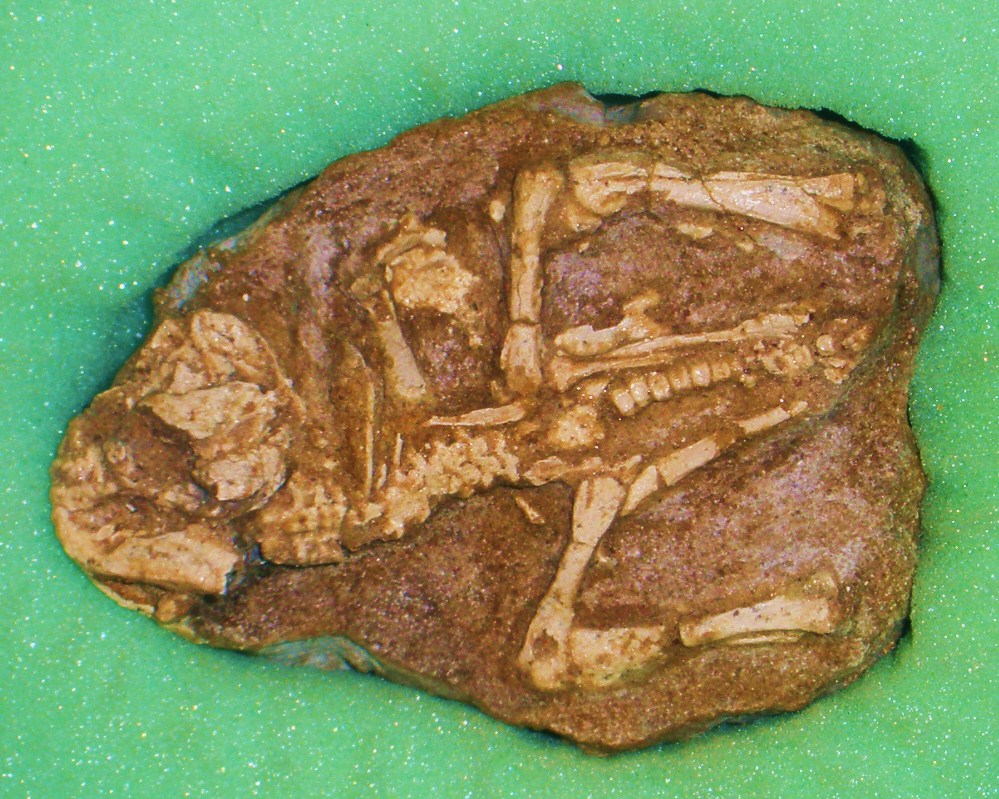
One of the most emotionally powerful sections of the museum showcases the world’s first dinosaur eggs and baby dinosaur fossils discovered in North America. In 1978, Horner and his team made a discovery that would change paleontology forever when they found a nest of baby Maiasaura dinosaurs in Montana’s badlands. These tiny fossils, some no bigger than a chicken, revealed that dinosaurs were caring parents who built nests and fed their young.
The museum’s baby dinosaur collection includes fossilized eggs, nests, and juvenile specimens that tell the intimate story of dinosaur family life. Seeing these delicate fossils up close, you can almost imagine the prehistoric nurseries where these ancient creatures took their first steps 75 million years ago.
The Fossil Preparation Laboratory
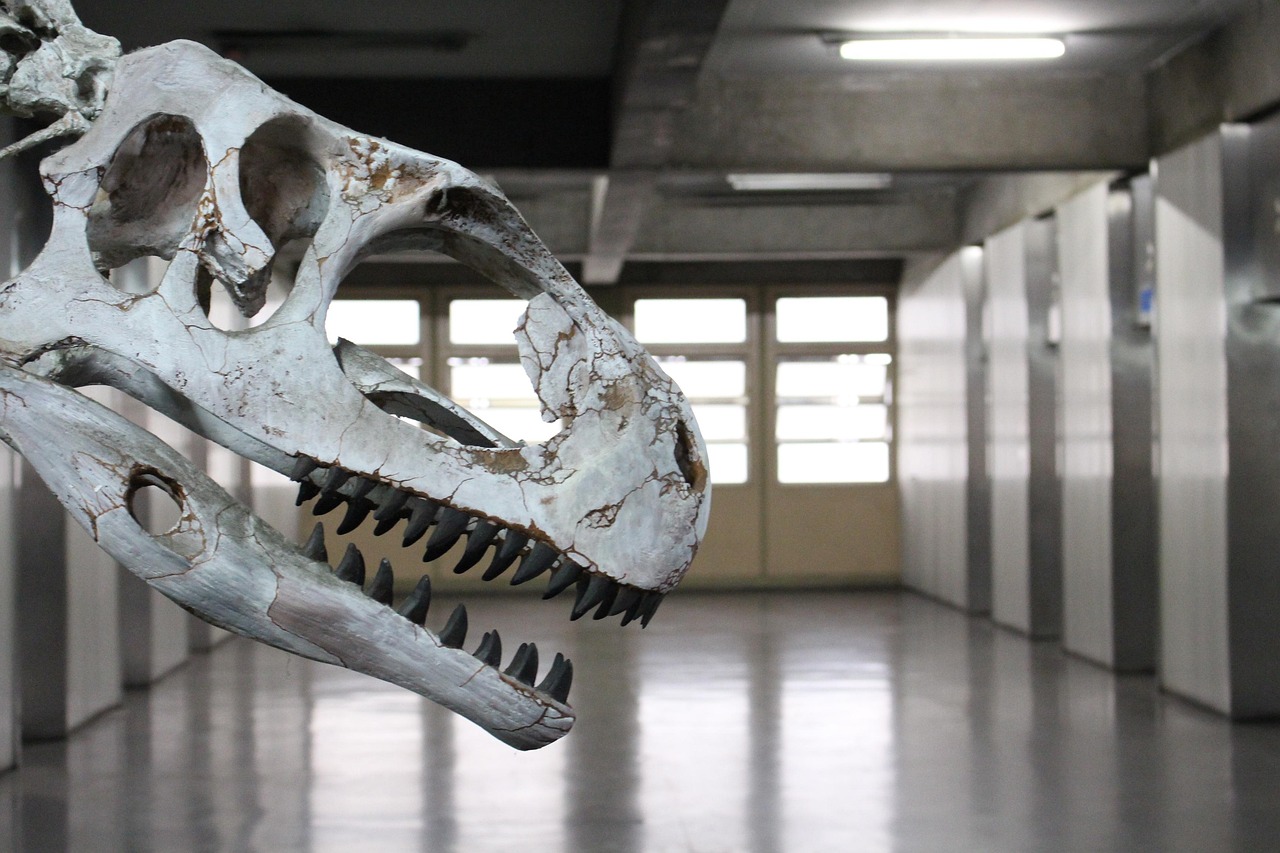
Behind massive glass windows, visitors can watch skilled paleontologists and technicians carefully extracting fossils from rock using everything from dental picks to pneumatic tools. This working laboratory isn’t just for show – it’s where some of the world’s most important dinosaur discoveries are painstakingly revealed, grain by grain. The process can take months or even years for a single specimen, requiring patience and precision that would make a master craftsman envious.
The lab processes fossils found during the museum’s ongoing field expeditions across Montana and other western states. Watching these experts work is like witnessing archaeology in reverse – instead of uncovering human history, they’re revealing the secrets of creatures that lived when Montana was a subtropical paradise filled with inland seas and lush forests.
The Triceratops Hall of Fame
Montana’s state fossil, the Triceratops, receives royal treatment at the Museum of the Rockies with an impressive display that showcases multiple specimens of this three-horned herbivore. The museum’s Triceratops collection includes skulls of various sizes, revealing how these massive plant-eaters changed as they matured from dog-sized youngsters to car-sized adults. Each specimen tells a unique story of survival in a world dominated by predators.
The centerpiece of this display is a complete Triceratops skeleton that demonstrates the incredible defensive capabilities of these creatures. Their massive frilled skulls, which could measure up to 10 feet across, weren’t just for show – they were sophisticated armor systems designed to protect against the crushing jaws of T. rex and other predators.
Interactive Fossil Dig Experience
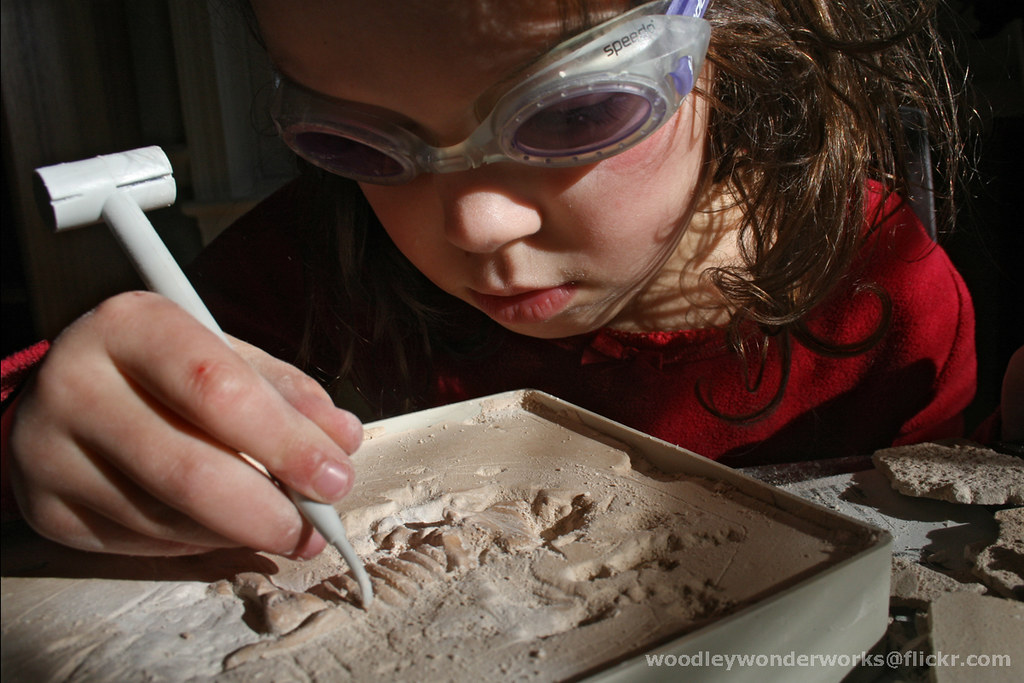
The museum offers visitors a chance to become paleontologists for a day through their hands-on fossil dig experience. In a specially designed excavation site, children and adults can use real paleontological tools to uncover replica fossils buried in sand and rock. This interactive experience provides insight into the patience and skill required for real fossil hunting, where a single important discovery might take weeks of careful excavation.
What makes this experience truly special is the guidance provided by museum staff who share stories from actual dig sites across Montana. They explain how fossils form, how they’re discovered, and why Montana’s unique geology makes it one of the world’s premier dinosaur fossil locations.
The Cretaceous Garden Experience
Step outside the museum and into a living representation of Montana’s prehistoric past in the Cretaceous Garden, where plants similar to those that existed during the age of dinosaurs create an immersive outdoor experience. This carefully curated garden features ancient plant species like cycads, ferns, and conifers that would have provided food and shelter for the dinosaurs whose fossils are displayed inside.
The garden serves as a bridge between the museum’s fossil displays and the living world, helping visitors understand that the creatures they’ve just seen weren’t mythical beasts but real animals that lived in complex ecosystems. Walking through these prehistoric plants while contemplating the fossils inside creates a powerful connection to deep time that few museums can match.
Montana’s Geological Time Machine
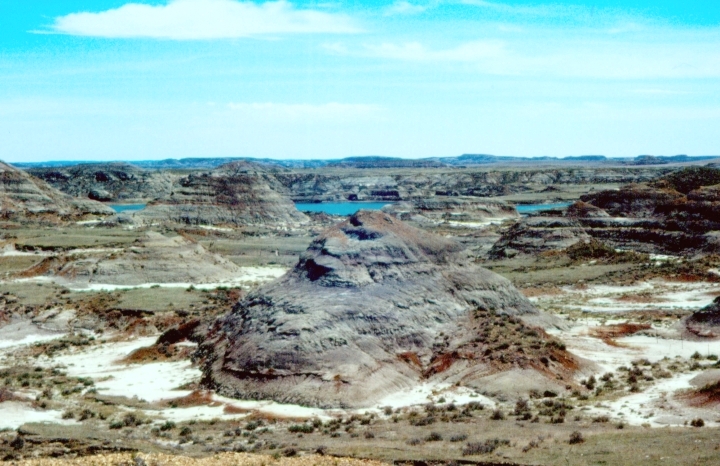
The museum’s geology exhibits explain why Montana became such a rich source of dinosaur fossils, revealing the state’s incredible geological history spanning hundreds of millions of years. Interactive displays show how Montana’s landscape has changed from tropical seas to inland deserts to the mountains and plains we see today. This geological context helps visitors understand why dinosaur fossils are so abundant in certain areas of the state.
The exhibits include actual rock formations and mineral specimens that tell the story of Montana’s ancient environments. You’ll learn how the Hell Creek Formation, one of the world’s most important dinosaur fossil sites, preserves the final chapter of the dinosaur era in exquisite detail.
The Research Behind the Displays
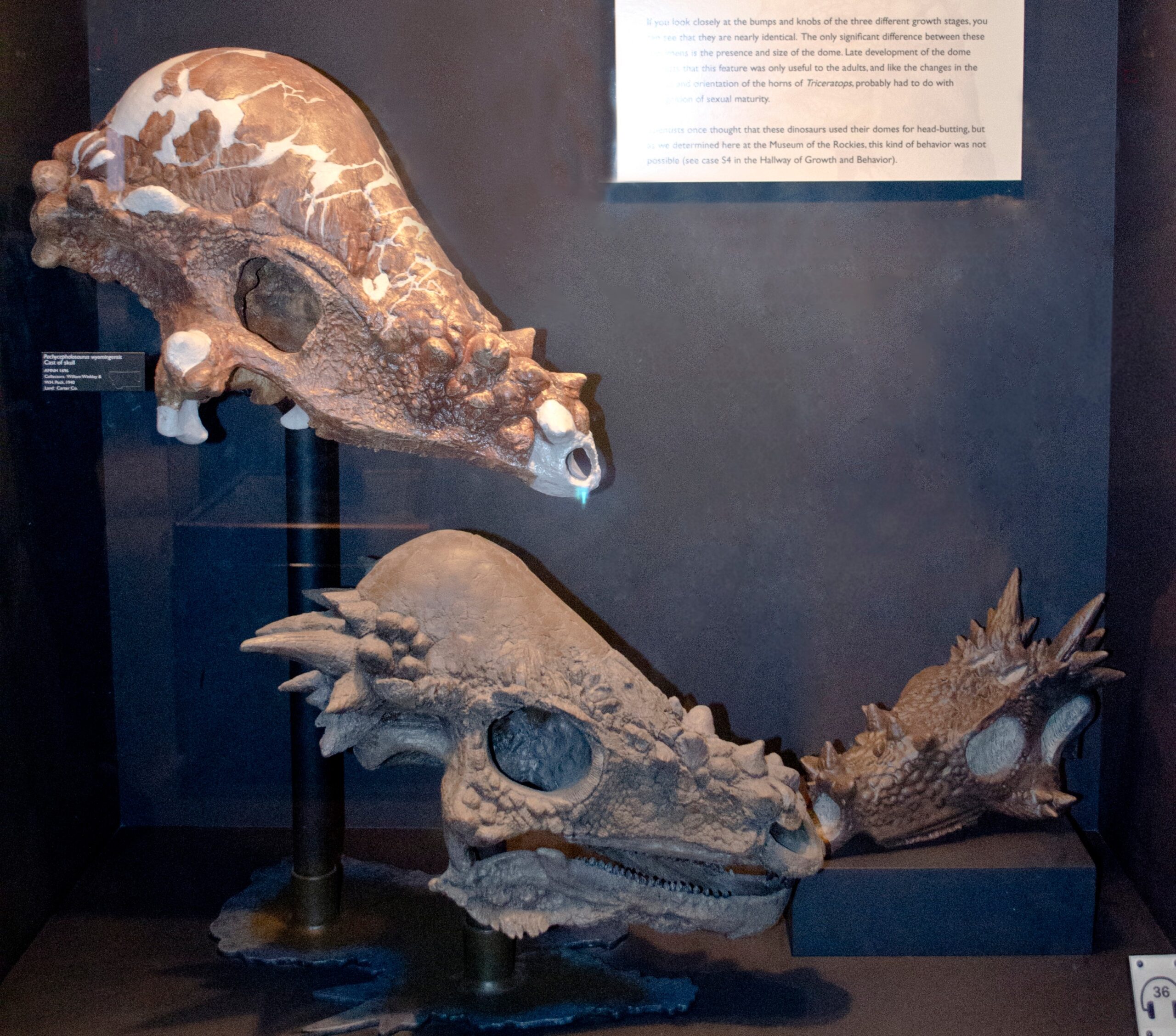
What sets the Museum of the Rockies apart from other dinosaur museums is its active research program that continues to make groundbreaking discoveries. The museum’s paleontologists regularly publish scientific papers that advance our understanding of dinosaur behavior, physiology, and evolution. Their research has revealed that many dinosaur species changed dramatically as they aged, leading to the reclassification of numerous specimens that were previously thought to be separate species.
The museum collaborates with universities and research institutions worldwide, ensuring that their discoveries contribute to global scientific knowledge. Visitors can learn about ongoing research projects and may even encounter scientists working on fresh discoveries during their visit.
Educational Programs That Inspire
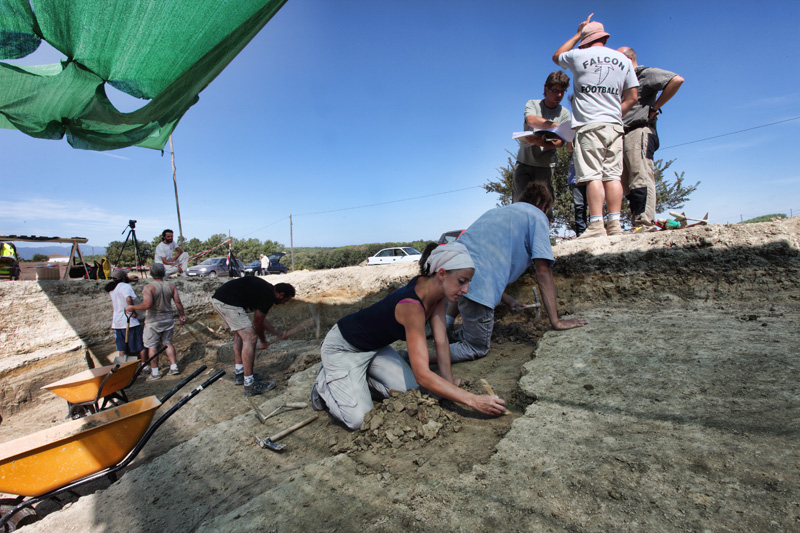
The museum’s educational programs reach far beyond its walls, inspiring the next generation of paleontologists through school visits, summer camps, and teacher training programs. Their paleontology camps allow young people to participate in actual fossil digs, learning field techniques while exploring Montana’s badlands under the guidance of professional paleontologists. These programs have launched numerous careers in paleontology and earth sciences.
The museum also offers specialized workshops for educators, providing teachers with the tools and knowledge to bring paleontology into their classrooms. These programs ensure that the excitement of fossil discovery reaches students across the region and beyond.
The Montana Connection
Montana’s unique position as one of the world’s premier dinosaur fossil locations isn’t just luck – it’s the result of perfect geological conditions that preserved ancient life in exceptional detail. The state’s sedimentary rocks, particularly the famous Hell Creek Formation, contain fossils from the very end of the dinosaur era, including the last T. rex and Triceratops that lived before the mass extinction event 66 million years ago.
The museum celebrates this connection to Montana’s prehistoric heritage while also showcasing fossils from around the world. This local focus gives visitors a sense of place and helps them understand that the dinosaurs they’re seeing actually lived in the landscapes they can visit today.
Special Exhibitions and Traveling Displays
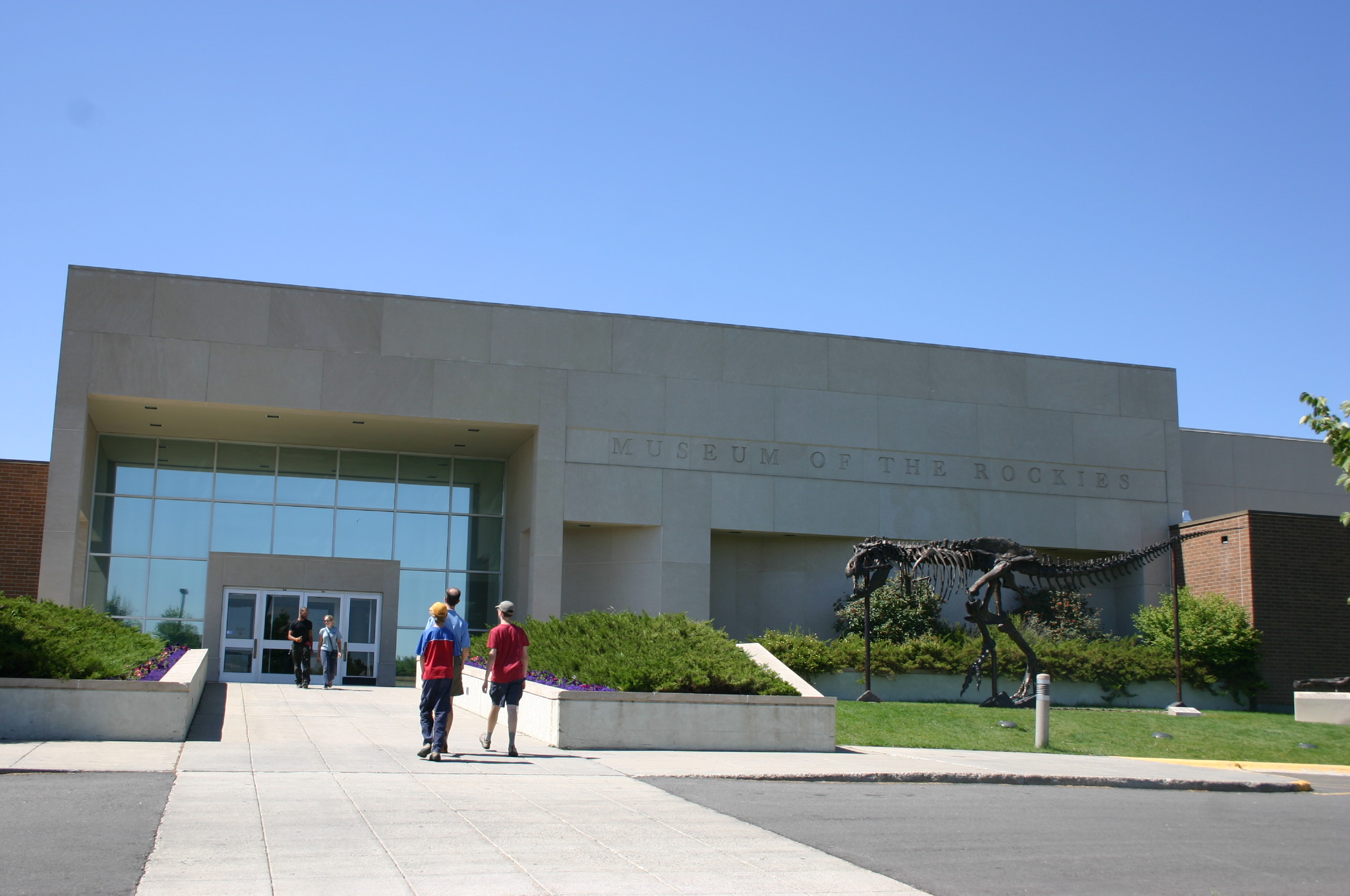
Beyond its permanent collections, the Museum of the Rockies regularly hosts special exhibitions that explore different aspects of paleontology and natural history. These rotating displays have featured everything from ancient marine reptiles to the latest discoveries in dinosaur science. The museum’s exhibition space is designed to accommodate both large-scale displays and intimate showcases that highlight specific aspects of prehistoric life.
Recent special exhibitions have explored topics like dinosaur skin and feathers, prehistoric climates, and the co-evolution of plants and animals. These temporary displays ensure that repeat visitors always have something new to discover, while also providing deeper dives into specific scientific topics.
The Future of Fossil Discovery
The Museum of the Rockies continues to evolve, with new technologies and research methods constantly improving our understanding of prehistoric life. Advanced imaging techniques, chemical analysis, and computer modeling are revealing details about dinosaur physiology and behavior that were unimaginable just decades ago. The museum’s commitment to staying at the forefront of paleontological research ensures that visitors experience the latest discoveries and theories.
Current research projects include studies of dinosaur growth rates, investigations into prehistoric ecosystems, and collaborations with molecular biologists exploring the limits of DNA preservation in ancient specimens. These cutting-edge research programs keep the museum at the center of global paleontological research.
Planning Your Prehistoric Adventure
A visit to the Museum of the Rockies requires planning to fully appreciate its extensive collections and programs. The museum recommends allowing at least three to four hours to explore the main exhibits, though true dinosaur enthusiasts often spend entire days immersed in the displays. The museum offers guided tours that provide deeper insights into specific exhibits and research programs.
The museum’s location in Bozeman makes it an ideal starting point for exploring Montana’s dinosaur country, with numerous fossil sites and geological formations within driving distance. Many visitors combine their museum experience with trips to places like the site where T. rex was first discovered or the badlands where new fossils are still being found today.
The Museum of the Rockies stands as more than just a repository of ancient bones – it’s a living laboratory where the past comes alive through scientific discovery and public education. From the massive T. rex skulls that greet visitors to the delicate baby dinosaur fossils that reveal prehistoric family life, every exhibit tells a story of life, death, and evolution on an unimaginable timescale. The museum’s commitment to active research ensures that each visit offers new insights into the creatures that once ruled our planet, while its educational programs inspire future generations of scientists and nature lovers. Whether you’re a seasoned paleontology enthusiast or someone just beginning to explore the wonders of deep time, the Museum of the Rockies offers an experience that will fundamentally change how you see the world around you. What secrets from Montana’s prehistoric past are still waiting to be discovered?

